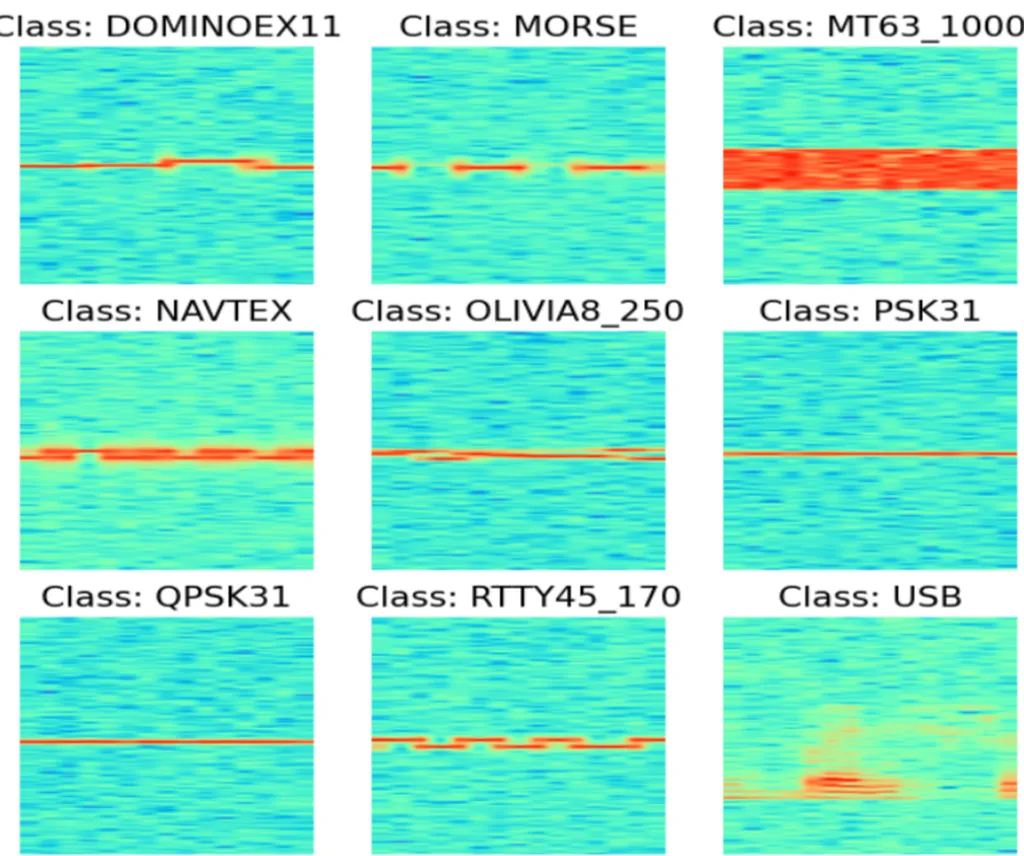In a significant stride towards enhancing wireless communication and security, researchers from the Intelligent Automation, Inc. and the Army Research Laboratory have developed a novel approach to improve the classification of radio frequency (RF) signals. The team, comprising Srihari Kamesh Kompella, Kemal Davaslioglu, Yalin E. Sagduyu, and Sastry Kompella, has leveraged the power of a Vector-Quantized Variational Autoencoder (VQ-VAE) to augment training data, thereby boosting the performance of RF signal classifiers, particularly in challenging low signal-to-noise ratio (SNR) conditions.
The increasing complexity of wireless environments and the proliferation of devices sharing the spectrum have made accurate RF signal classification crucial for effective spectrum management, signal interception, and interference mitigation. However, the scarcity of labeled training data, especially in low SNR conditions, poses a substantial challenge to the development of robust classifiers. To tackle this issue, the researchers proposed the use of a VQ-VAE to generate high-fidelity synthetic RF signals, effectively augmenting the training dataset.
The VQ-VAE model excels at capturing the intricate variations inherent in RF communication signals, enabling it to produce synthetic data that closely mimics real-world signals. By incorporating this VQ-VAE-generated data into the training process, the researchers observed a significant improvement in the classification accuracy of their baseline wireless classifier. This augmentation not only enhances the diversity and fidelity of the training dataset but also leads to better generalization and robustness of the classifier, ultimately overcoming the constraints imposed by limited real-world data.
The practical applications of this research are far-reaching, particularly in the defence and security sector. Enhanced RF signal classification can bolster the efficacy of wireless communication in both civil and tactical settings, ensuring reliable and secure operations. This advancement supports critical decision-making and operational readiness in environments where communication fidelity is paramount. Furthermore, improved signal interception and interference mitigation capabilities can provide a strategic advantage in military communications, electronic warfare, and spectrum management.
In conclusion, the innovative use of VQ-VAE for data augmentation in RF signal classification presents a promising solution to the challenges posed by limited training data and low SNR conditions. By enhancing the performance of wireless classifiers, this research paves the way for more reliable and secure communication systems, ultimately benefiting both civil and military applications.
This article is based on research available at arXiv.

